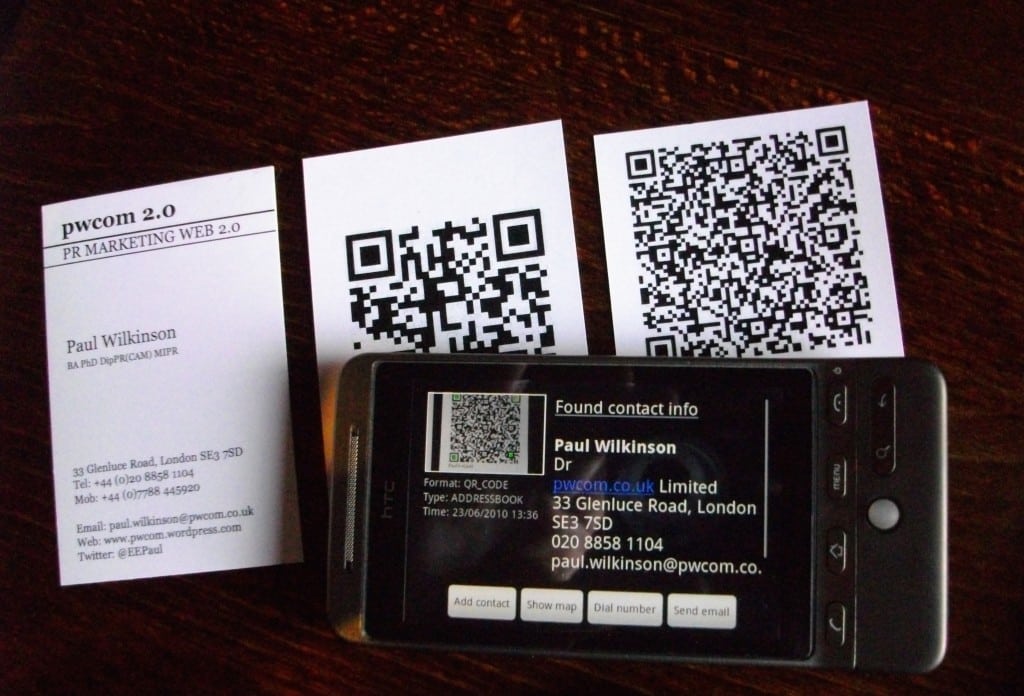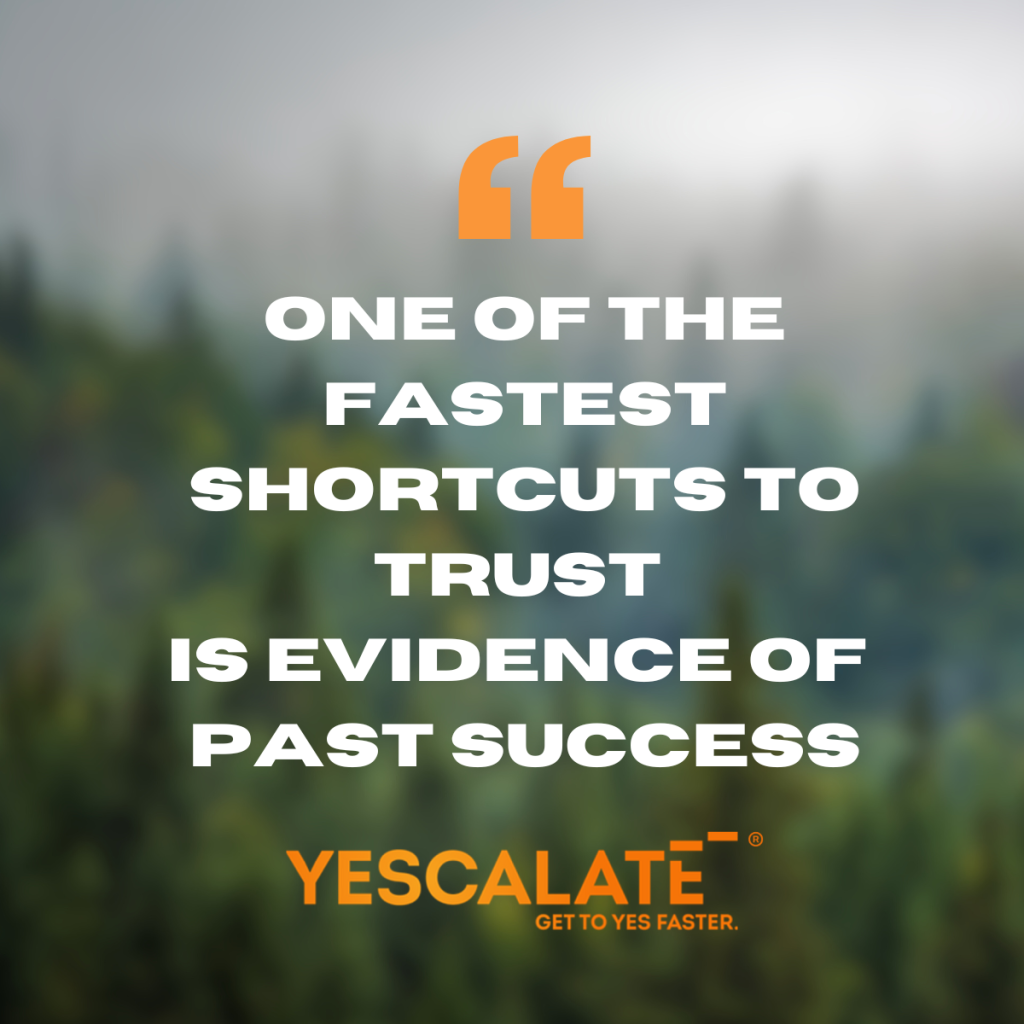
More than 27 million business cards are printed every day in the U.S., but do you know how many business card handouts it takes to increase company sales by only a few percentage points? Around 2,000.[1. “Bending the Rules for Better Customer Service is Probably a Good Thing,” http://helix-institute.com/blog/bending-rules-better-customer-service-probably-good-thing-0] That’s a lot of first-time client meetings, especially for smaller companies with concentrated sales teams. And it begs the question: is a business card still a vital part of the sales process, or is it an antiquated and ineffective relic of sales eras past?
It’s no surprise that the average millennial is interested in more effective alternatives for the digital age. But don’t give up on the business card just yet – it still has a valuable place in the modern sales encounter, and can still open up plenty of opportunities when used properly.
The Modern Business Card Challenges: Outdated and Outclassed?
You know how the card works. You carry some around, you put some on your desk, you hand them out so people know who you are and how to contact you. The problem in today’s society is that there isn’t as much mental room for a business card any more.
Clients are interacting more and more frequently in online settings where business cards are not needed. The simplest social media connections or Google search can bring up all the information that would be contained on a business card within seconds on any computer or smartphone. On a smartphone, you just have to click on a listed phone number to initiate a call – cards can’t match that utility. Even the less savvy computer users can review past emails to find all necessary information on a contact.
Plus, a physical business card can be troublesome. The last time our team visited a large Vegas B2B trade show, we quickly found this out. It doesn’t matter what kind of binder you bring, the mountains of business cards you are given quickly becomes too much to deal with. They bulge out of pockets, get in the way of papers, and are easy to get “lost” around the trash bins. Also, trust us, few things are more embarrassing then pulling out a doc for a major hopeful client and showering them with a spray of cards you already forgot you had.
So it’s no surprise that people are coming up with alternatives to using business cards[2. “Newfangled Tips for an Old School Tactic,” http://www.salesandmarketing.com/content/newfangled-tips-old-school-tactic] in B2B settings. But there’s still plenty of utility in their basic concept. Let’s look at two ways business cards can still be a sales rep’s friend: innovation and the personal touch.
Business Card Solutions: Innovation
Here’s the good news: many business cards are quickly entering an era where they are moving beyond distraction and toward an authentic way to demonstrate quality, consideration, and a way of preserving information that won’t be lost. One of the easiest ways to accomplish this is with a little creativity.
About 63% of business cards get thrown away because there’s not enough useful information on them. Innovative business cards are more expensive than traditional cards, but add in extra features[3. “30 Unconventional Business Cards,” http://mashable.com/2013/05/16/crazy-business-cards/] to capture client interest and add some oomph to the brand. To say there are many options here would be an understatement: Business Insider actually has a nice little chart that recommends different tips for the type of business you want to represent. It’s worth a look.
New features could be something as simple as a map on the back to the best local parking spots, or something complicated like the ability to fold the card into a fun design, creating edible cards (there’s one way to solve your space problems), or showing off your design or SEO skills on the card itself – certain people have actually used screenshots of their Google Search results to prove their skills. Some brands are even experimenting with metal cards that double as tools: Check out this Bon Vivant cheese grater business card. The goal is to catch consumers off-guard, give them something useful, and spark a conversation. Which brings up the second point.
Business Card Solutions: The Personal Touch
Modern business cards remain a great way to open up a conversation about products or services, and allow sales reps to adopt a humanizing role as a real person working for a real company, who has information to share. Handing off or exchanging a business card creates a psychological break in the conversation that gives the sales rep a way to control the discussion (in a polite manner) and steer it toward important topics.
The key is to introduce the business card at the right time, with the right conversational approach. Being abrupt can be dangerous: smooth and easygoing is the best bet. Say that you are the sales agent in a casual but hopeful conversation with a consumer, and the potential client says, “By the way, aren’t you located downtown?”
This is an ideal moment to whip out a card, flip it to the back, and say: “Actually, I have a map right here; our office is located on the corner between Wall and Bridge Street. In fact, if you’d like to hang onto this, it has some contact information. If you scan that QR code or follow the email right beneath, you get an instant 10% discount on your first purchase, too, so it may be worth hanging onto.”
At conferences or shows, this “conversational break” provides a valuable way to get the other person’s information, too. Don’t let this chance to exchange cards pass by!
The YESCALATE® Way
Business cards are an important facet of the sales approach. It’s well known in the behavior science field that (and reflected in TRUST, one of the 7 MAGNETS™ from the YESCALATE® system) that people tend to trust people in uniform—and a business card is part of your personal uniform, lending you a sense of legitimacy and authority. Is your uniform working for you? Something to keep in mind when answering that question is YESCALATE®’s concept of ALPHA, DELTA, VIDEO: ALAPHA says that people care about themselves (so your card should be useful, providing information or serving as a tool that benefits whomever you are giving it to), DELTA says that changes or differences in the environment get people’s attention (so your card should be unique and innovative), and VIDEO says that visual stimuli are processed by the brain 30x faster than words (so your card’s message should be presented visually whenever possible).
However, business cards are only one facet of a personal sales approach. YESCALATE® can help you go from business card to “YES” by giving you the persuasive skills to move a conversation in the right directions, pick up on important cues, and convince clients that you aren’t just selling – you are interested in them.




